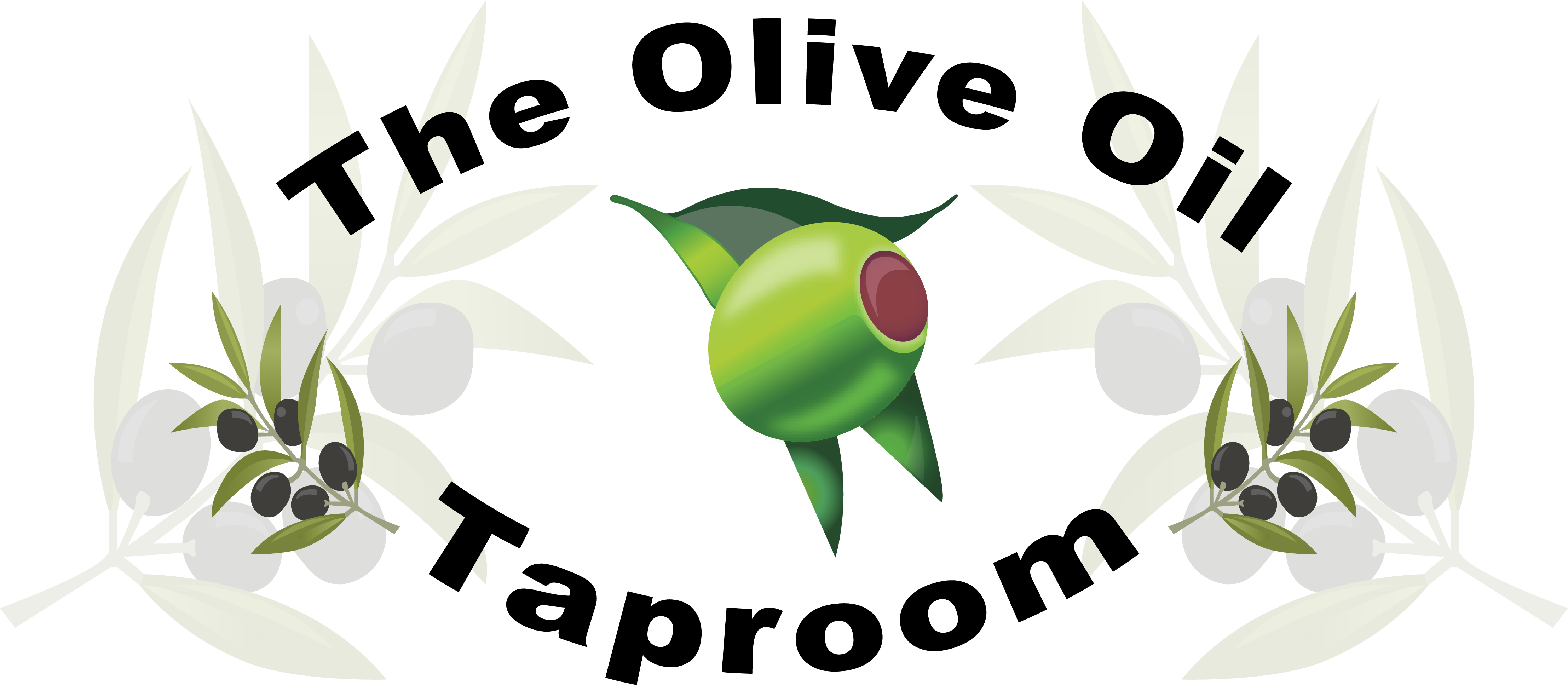The Olive Oil Taproom is an Ultra Premium Extra Virgin Olive Oil & Aged Balsamic Vinegar #Free Tasting Room. We educate about the wonderful health benefits of Ultra Premium Extra Virgin Olive Oil and Aged Balsamic Vinegar. We explain how an olive oil should smell, taste and feel. The white pepper sensation and grassiness is indicative of its Bio-phenol content (anti-oxidants) still being in the oil.
Our products are from different countries, such as, Chile, Italy, Spain, Australia, Greece, Peru, Tunisia-Africa, Portugal, and California, etc. Our products will change at every crush season (two times per year April & November) so you will have the freshest olive oils in the world. We have no carryover oils. Once an oil is depleted, it won’t be back again until the next crush season.
We are not a huge Franchise. All of our stores are independently owned, therefore, we can make decisions with our customers’ input and carry their favorites and add new choices.
We provide a small selection of other fine products such as olive tapenades, pesto, pastas, dispensing cruets, dipping dishes, and many other gifts to match all budgets.

How are we different?
Our oils have more than the standard levels of Bio-phenol and oleic acids. Higher levels of each of these Anti-Oxidants and Anti-Inflammatories has been proven to help in lowering the incidence of certain breast cancers, coronary diseases, such as high cholesterol and recently found to contain oleocanthal.
In those studies, oleocanthal seemed to increase production of proteins and enzymes necessary to remove amyloid beta from the brain with regard to Alzheimer’s disease. https://pubs.acs.org/journal/acncdm. The health benefits of a true Extra Virgin Olive Oil are absolutely amazing.
We have over 96+ Varieties of Ultra Premium Extra Virgin Olive Oils, Infused Flavors of Olive Oils and Barrel Aged (Modena, Italy PGI, 12 year) Balsamic Vinegar.
Did you know that a balsamic cannot be called “a balsamic” unless it has been aged for at least 12 yrs. Our Traditional has been aged up to 18 yrs. The health benefits are such that no sugars or caramel coloring have been added. A true Balsamic can regulate blood sugar, reduce high blood pressure and improve the digestive process with pro-biotics.
You can sample and pair an Extra Virgin Olive Oil with an Aged Balsamic Vinegar to your taste and preference ( e.g. citrus, fruity, savoury, spicy). We provide Italian bread and Gluten Free for dipping and savoring the flavors. We bottle your choices for you on the spot from our Stainless Steel Fusti tanks (hand crafted stainless steel tanks with no inside welds) crafted by Sansone from Italy. Therefore, no light or heat will penetrate your Ultra Premium Olive Oils and they will retain their health qualities as long as possible.
An olive oil should never be stored in clear glass or plastic containers. The oil will go rancid far too quickly and lose its health benefits.
Where can you actually taste & sample for #FREE so many wonderful flavors (Tuscan, Basil, Garlic, Black Cherry, Honey Ginger, Cranberry Pear, etc. it is endless) before you purchase them? Here!!!!
We welcome you, your family and friends to try out our oils, enjoy the tastings, education, have a wonderful day together, and to go home eating wiser & healthier!!!
WE ARE NOW CERTIFIED NON-GMO:

GMOs, or “genetically modified organisms,” are plants or animals created through the gene splicing techniques of biotechnology (also called genetic engineering, or GE). This experimental technology merges DNA from different species, creating unstable combinations of plant, animal, bacterial and viral genes that cannot occur in nature or in traditional crossbreeding. #NON-GMO #CERTIFIED

Tom Mueller, Author/Investigative Journalist. The Olive Oil Taproom is listed on this site and WWW.OliveOilTimes.com as a reputable supplier of Ultra Premium Extra Virgin Olive Oil! This article is full of great information for the serious olive oil consumer.
